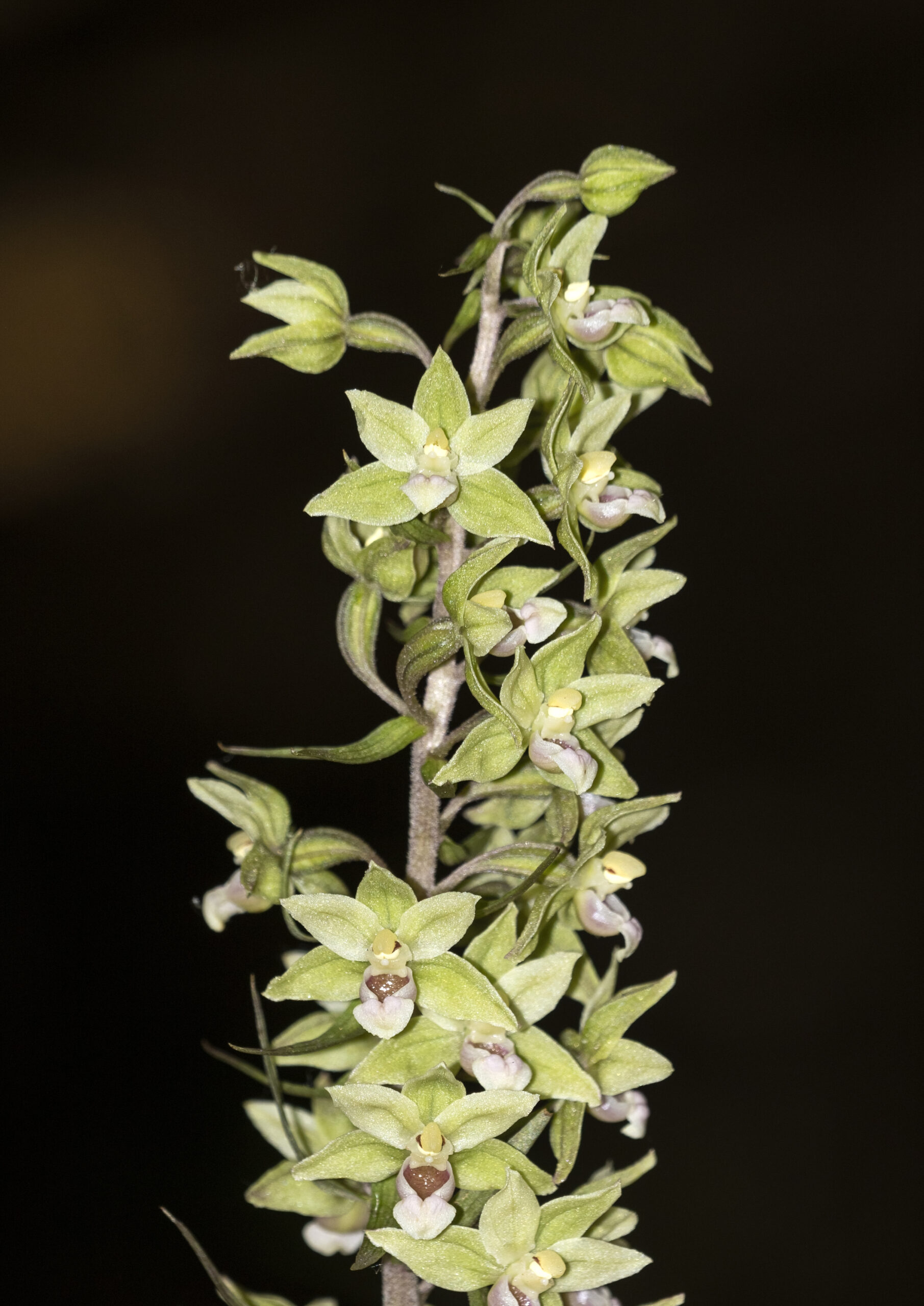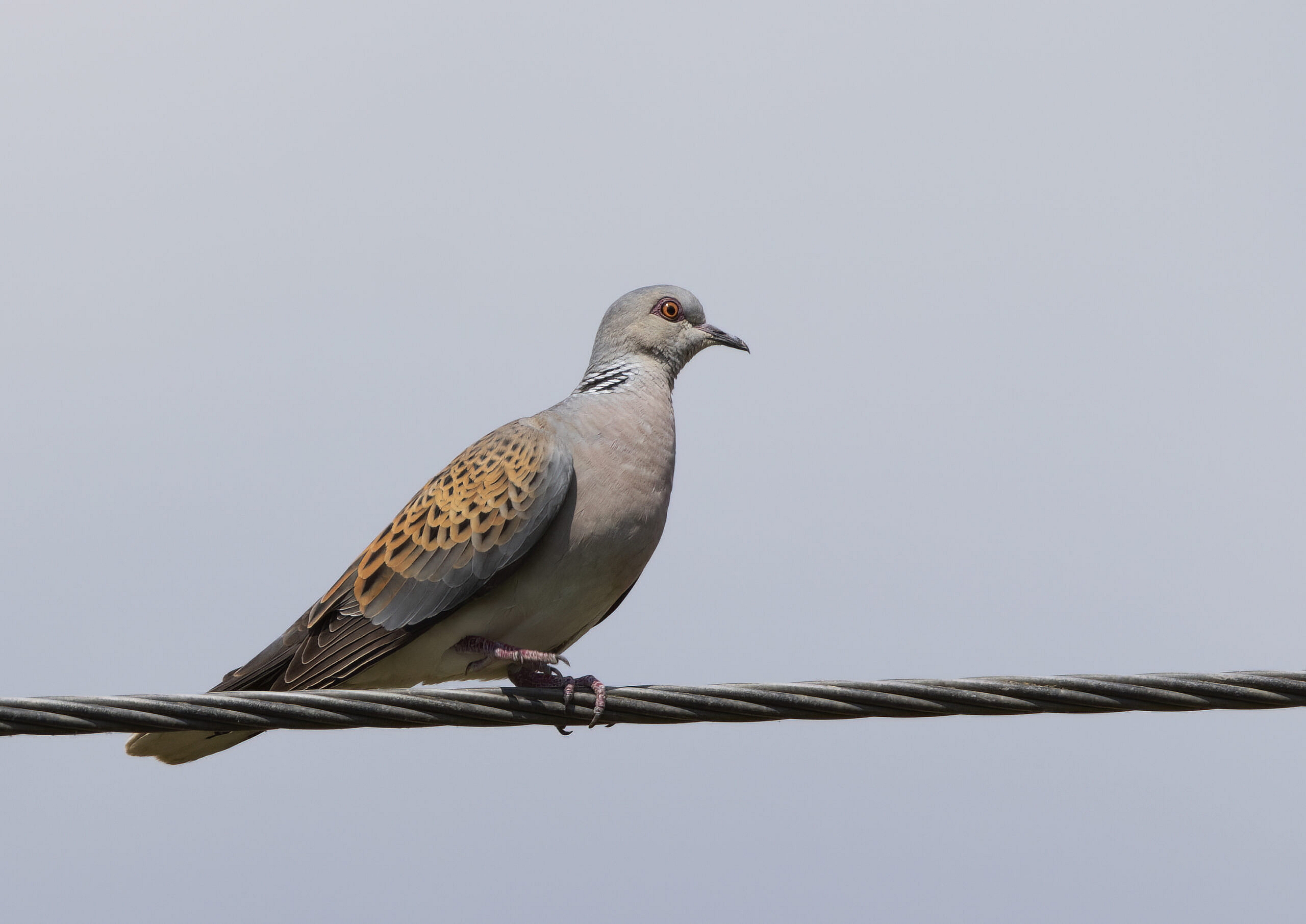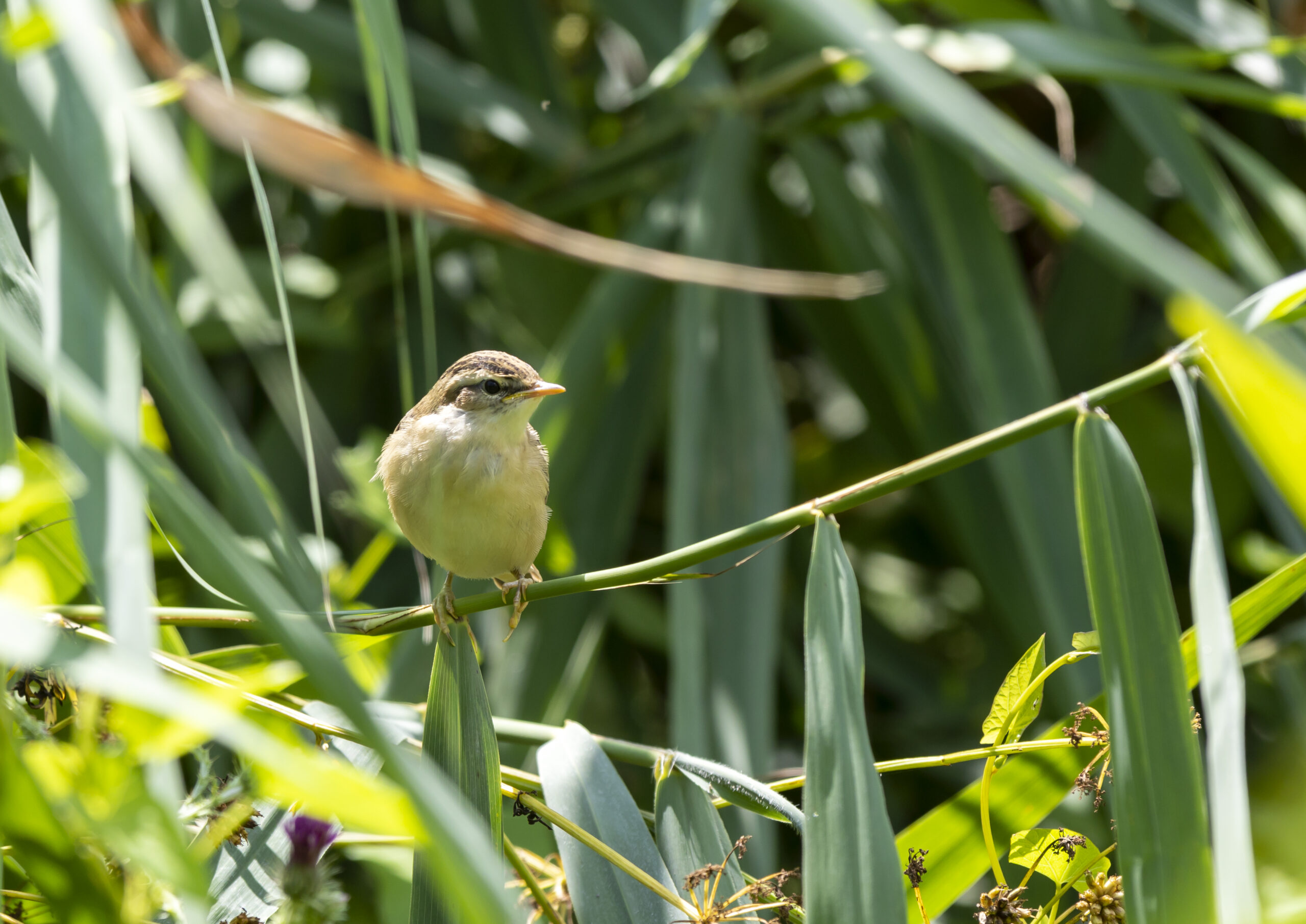As our horizons have shrunk with Covid-19, so small victories have become something worth savouring. Today I had a small victory, along with a huge dose of luck.
I disapprove of treating wildlife-spotting like stamp collecting. It seems disrespectful, somehow, to treat living things in this way. But the exhilaration that I get from seeing a creature I’ve never seen before, particularly if it’s rare or special, is beyond compare. It’s like finally meeting your favourite movie star, except that you can actually do it, rather than sitting in your bedroom dreaming about doing it. So I try to hold good to my principles by seeking out species I’ve never seen before but keeping my fist-bumped “yes” if I succeed to a muted and soberly professional level. Today was a quietly exuberant fist-bump day. With access to the Isle of Wight still extremely difficult, I could feel my chances of seeing a rare butterfly, the Glanville Fritillary, slipping away in 2021. The Glanville is named after the Lady Glanville who discovered it (although it had presumably been knocking around for a millenia before she noticed it). It is a small, bright, brown-orange butterfly with chequer-patterned wings. It is largely confined to the Isle of Wight where it loves the hot, dry crumbling chalk cliffs. It likes a good landslide, the Glanville, and the Isle of Wight regularly obliges.
But then I learned about a small colony of the butterfly near London. Originally “seeded” by a butterfly enthusiast, the colony is sneered at by purists as being an “introduction”, but the colony has been self-sustaining for many years now and I think they’ve earned the right now to be treated as locals. Either way, this site offered me my only chance to see this rare insect, so off I went. The site, Hutchinson’s Bank, in Croydon, is an odd spot to find a rare insect. I drove past rows of prewar semis and postwar tower boxes, alongside a light railway and under what would normally be the flightpath of many aircraft, to find a small section of sloping hillside. I wandered around this for a while, seeing nothing of interest, until I went through a gate and all of my nature-watcher’s antennae went up. Ahead of me was a narrow, V-shaped dell, perhaps 300 feet long and thirty wide, looking for all the world as if the tip of a sharp knife had been scraped across the world. On the one side was a bank of long grasses bordered by fencing and bushes. On the other was a steeply-sloping bank, perhaps twelve feet high, of crumbling beige soil interlaced with small stones of chalk. I had barely walked through the gate when a butterfly flew past me and landed on a dusty patch of ground where the grass had been worn away revealing a white patch of chalk. It was the Glanville.
In some ways, I felt slightly cheated. I’d driven for over two hours to get here, walked for another half hour finding the spot, and then my quest is over in about ninety seconds? It didn’t feel like much of a heroic deed. So I contented myself with taking photograph after photograph. More people arrived, as did more Glanvilles. Social distancing wasn’t an issue because the day had got so hot and sticky that even I didn’t want to be near me. In the end I ran out of water to drink and called it a day. But the Gods hadn’t finished. As I walked back to the car, I saw a female Brimstone, a large and common yellow-green butterfly, being pursued by two males. They briefly perched on the end of a pine branch, then all three zoomed into the air again. I took a quick photo more out of habit than anything else. It turned out that my quick snap would eclipse all my other carefully-taken images, as all three ascending butterflies were in a line in the air, close to perfect focus. something that you can never normally achieve. It was pure luck, but the image that resulted, below, is already one of my favourites. Sometimes, the commonplace is even better than the rare.






Social Profiles